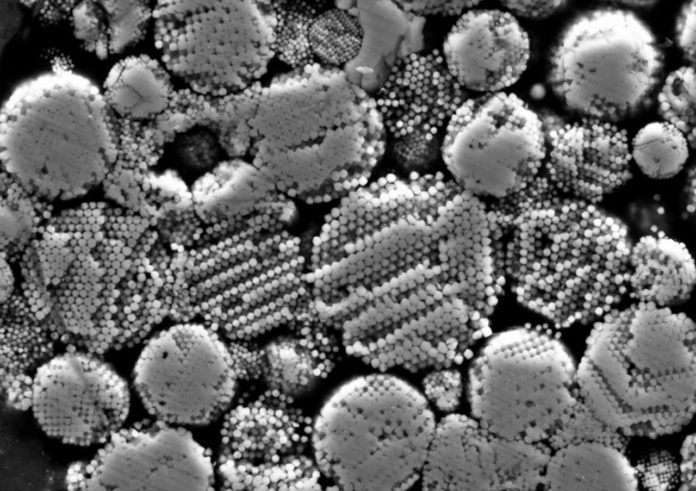The Tagish Lake meteorite is a unique piece of the asteroid belt. It is a highly brecciated ungrouped carbonaceous (C2) chondrite with minimal terrestrial alteration following retrieval of the main mass within days.
Due to the pristine nature and recovery of the Tagish Lake meteorite, its insoluble and soluble organic constituents such as amino acids, amines, and hydrocarbons have been thoroughly studied to understand better the evolution of prebiotic life in our solar system.
A new study has suggested that the oldest molecular fluids in the solar system could have supported the rapid formation and evolution of the building blocks of life.
In a new study by the Royal Ontario Museum (ROM) and co-authors from McMaster University and York University, scientists used state-of-the-art procedures to map individual atoms in minerals formed in fluids.
Scientists used atom-probe tomography to target molecules along boundaries and pores between magnetite grains that likely formed on the asteroid’s crust. There, they found water precipitates left in the grain boundaries on which they conducted their groundbreaking research.
This new atomic-scale inquires about gives the first evidence of the sodium-rich (an antacid) fluids in which the magnetite framboids formed. These fluid conditions are special for the union of amino acids, opening the door for microbial life to form as early as 4.5 billion years ago.
Beth Lymer, a Ph.D. student Lassonde School of Engineering at York University and co-author of the study said, “Amino acids are essential building blocks of life on Earth, yet we still have a lot to learn about how they first formed in our solar system. The more variables that we can constrain, such as temperature and pH, allows us to understand better the synthesis and evolution of these essential molecules into what we now know as biotic life on Earth.”
Using new techniques, such as atom probe tomography, the scientists hope to develop analytical methods for planetary materials returned to Earth by spacecraft, such as by NASA’s OSIRIS-REx mission or a planned sample-return mission to Mars soon.
White said, “Atom probe tomography allows us to make fantastic discoveries on bits of material a thousand times thinner than a human hair. Space missions are limited to bringing back tiny amounts of material, meaning these techniques will be critical to allowing us to understand more about the solar system while also preserving material for future generations.”
Journal Reference:
- Lee F. White, Evidence for sodium-rich alkaline water in the Tagish Lake parent body and implications for amino acid synthesis and racemization. DOI: 10.1073/pnas.2003276117
